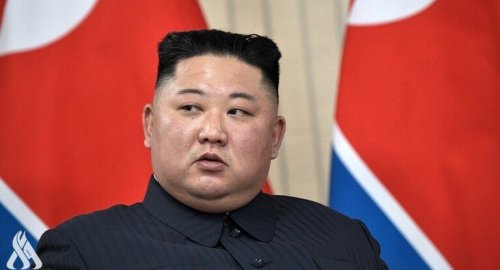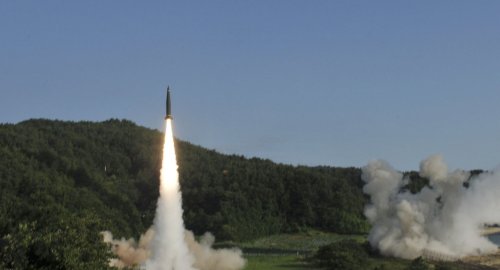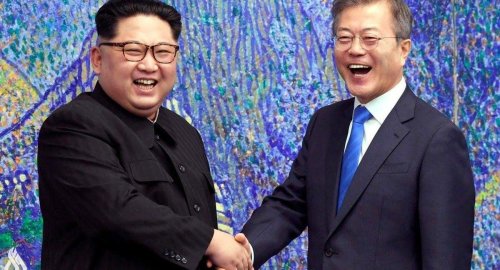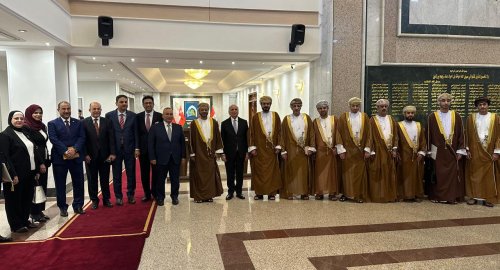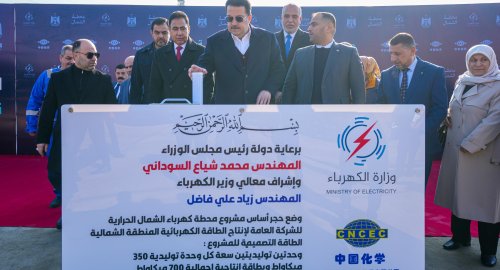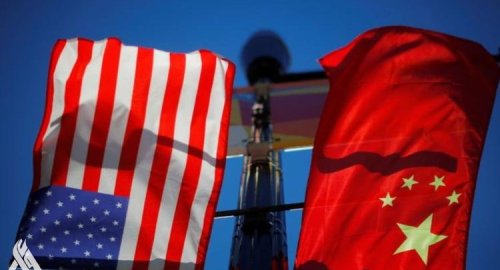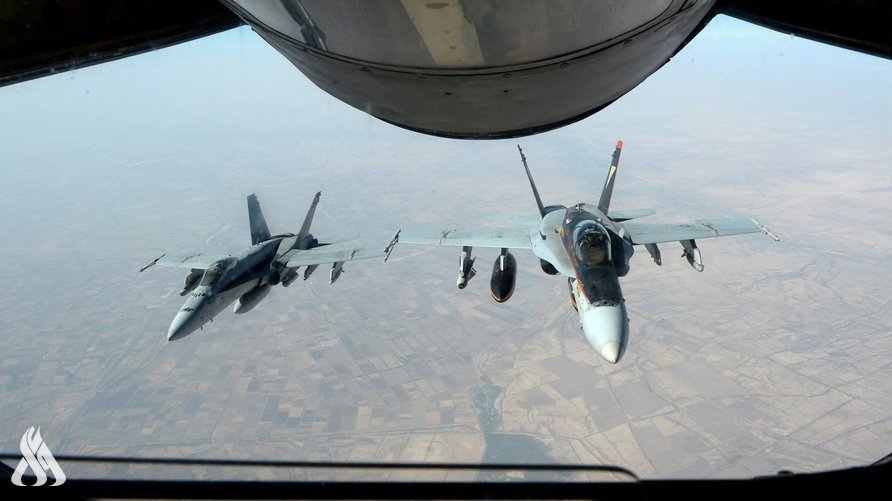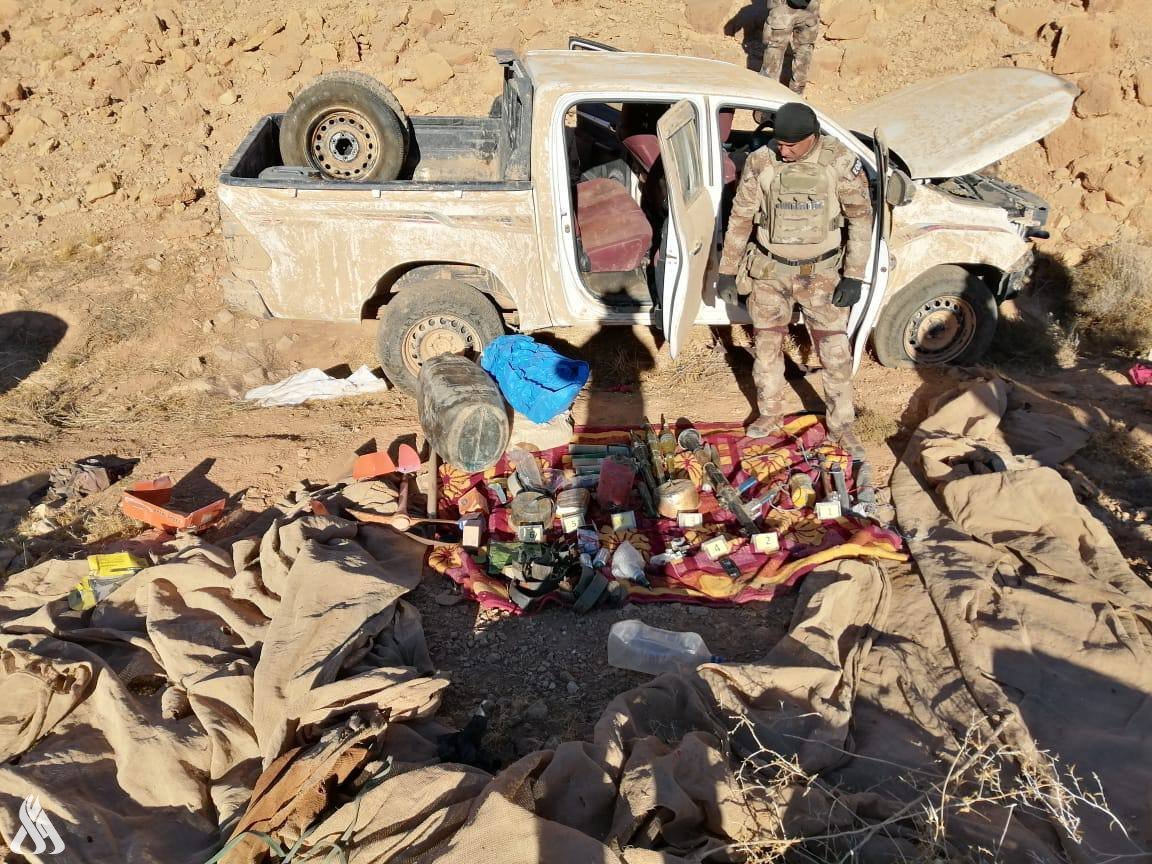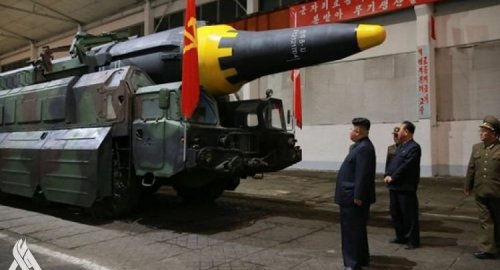
Kim Jong-un vows to ‘exponentially’ increase nuclear warhead production

- 1-01-2023, 09:43
INA- sources
Kim Jong-un has vowed to ramp up the production of nuclear warheads and build a more powerful intercontinental ballistic missile (ICBM), while singling out South Korea as his country’s “undoubted enemy”, North Korean state media reported on Sunday.
In a sign of deepening animosity towards the US, South Korea and Japan, Kim called for an “exponential increase” in the regime’s nuclear arsenal during an address at a plenary meeting of the ruling Workers’ party that ended on Saturday.
The leader’s statement was released hours after North Korea fired a ballistic missile towards its eastern waters, starting 2023 as it had ended the previous year, when it conducted a record number of weapons tests.
It also launched three ballistic missiles on Saturday, days after sending five drones across the heavily armed border that has divided the peninsula since the 1950-53 Korean war ended in a truce, but not a peace treaty.
“The currently established situation calls for our country doubling down our efforts to strengthen our military power overwhelmingly to safeguard our sovereignty, safety and basic national interest to cope with the dangerous military moves by the US and other hostile forces that target us,” Kim said, according to the official KCNA news agency.
Kim, who has used recent year-end party meetings to outline major policies, accused Washington and Seoul of carrying out a “plot to isolate and stifle” Pyongyang, calling it “unparalleled in human history”.
South Korea, he said, had become “our undoubted enemy”, describing it as “hell-bent on an imprudent and dangerous arms buildup”.
The North test-fired more than 70 ballistic missiles in 2022 following the breakdown in 2019 of nuclear diplomacy that culminated in three meetings between Kim and the then US president, Donald Trump, as well as summits with the then South Korean leader, Moon Jae-in.
In November, it resumed testing ICBMs for the first time since 2017, successfully launching a Hwasong-17, a new, bigger missile potentially able to strike anywhere in the US.
North Korea’s rapid weapons development enhances its deterrent capability and, according to some experts, puts it in a a stronger position to win sanctions relief and other concessions from the US in any future negotiations.
In a worrying escalation, last year it approved a new law authorising the pre-emptive use of nuclear weapons – a shift Kim referenced at the weekend. “Our nuclear force considers it as the first mission to deter war and safeguard peace and stability and, however, if it fails to deter, it will carry out the second mission, which will not be for defence,” he said, according to KCNA.
The news agency said Kim had also ordered the development of a new type of ICBM with a swift, counterstrike capability and, adding that the country’s first military spy satellite would be put into orbit as soon as possible. The regime already possesses long-range missiles theoretically capable of striking the US mainland, but there is disagreement over whether it has fully functioning nuclear weapons.
Ankit Panda, an expert at the Carnegie Endowment for International Peace, said the reference to a new ICBM appeared to concern a solid-propellant system, which can be launched more quickly than a liquid-fuelled ICBM. “We should expect to see larger, solid-propellant missiles tested soon,” Panda said.
The South’s military detected Sunday’s launch from the Pyongyang region around 2.50am, the joint chiefs of staff said in a statement. It said the missile travelled about 400km (250 miles) before falling into the water between the Korean peninsula and
Japan.
The joint chiefs of staff called the launch “a grave provocation” that hurts peace and security on the Korean peninsula and around the world. It said South Korea closely monitored North Korean moves in coordination with the US and maintained a readiness to deal with any provocations.
The US Indo-Pacific Command said in a statement that the launch highlighted “the destabilising impact” of North Korea’s unlawful weapons programs. It said US commitments to defend South Korea and Japan “remain ironclad”.
On Saturday, North Korea fired three short-range ballistic missiles towards its eastern waters.
Japan approves biggest military buildup since second world war amid China fears
North Korea’s state media confirmed on Sunday that the country conducted the test-firings of its super-large multiple rocket launcher to test the weapon’s capability. KCNA said three shells fired from the launcher on Saturday accurately hit an island target off its eastern coast. It said North Korea fired another shell from the launcher towards its eastern waters on Sunday.
Outside experts categorise weapons fired from the launcher as ballistic missiles because of their trajectories, ranges and other characteristics.
The North’s missile launch for a second straight day could be a response to South Korea’s recent rocket test, which is related to its plan to establish space-based surveillance to better monitor North Korea. On Friday, South Korea’s military said it test-launched a solid-fuel rocket, a type of a space launch vehicle it plans to use to put its first spy satellite into orbit in coming years.
Animosities between the rival Koreas have deepened since early last week, when South Korea accused North Korea of flying drones across the countries’ heavily fortified border for the first time in five years and sent its own drones towards the North.
South Korea acknowledged it failed to shoot down any of the North Korean drones it said were found south of the border. But South Korea has vowed to bolster its air defence network and get tough on future provocations by North Korea.
Source: The Guardian
Al-Sudani launches construction of North Thermal Power Plant
- politics
- 12:03
PM Al-Sudani arrives in Nineveh
- politics
- 10:17
China Says It 'Firmly Opposes' US Military Aid To Taiwan
- International
- 07:36
US Central Command: We killed ISIS terrorist leader Abu Yusuf in Syria
- International
- 24/12/20
Liverpool compete with Real Madrid to sign Olympique Lyonnais star
- Security
- 24/12/19
ISC, ADX discuss Strengthening Economic Ties
- Economy
- 24/12/16
Iraq assumes presidency of Arab Investment Company’s Executive Board
- Economy
- 24/12/17
